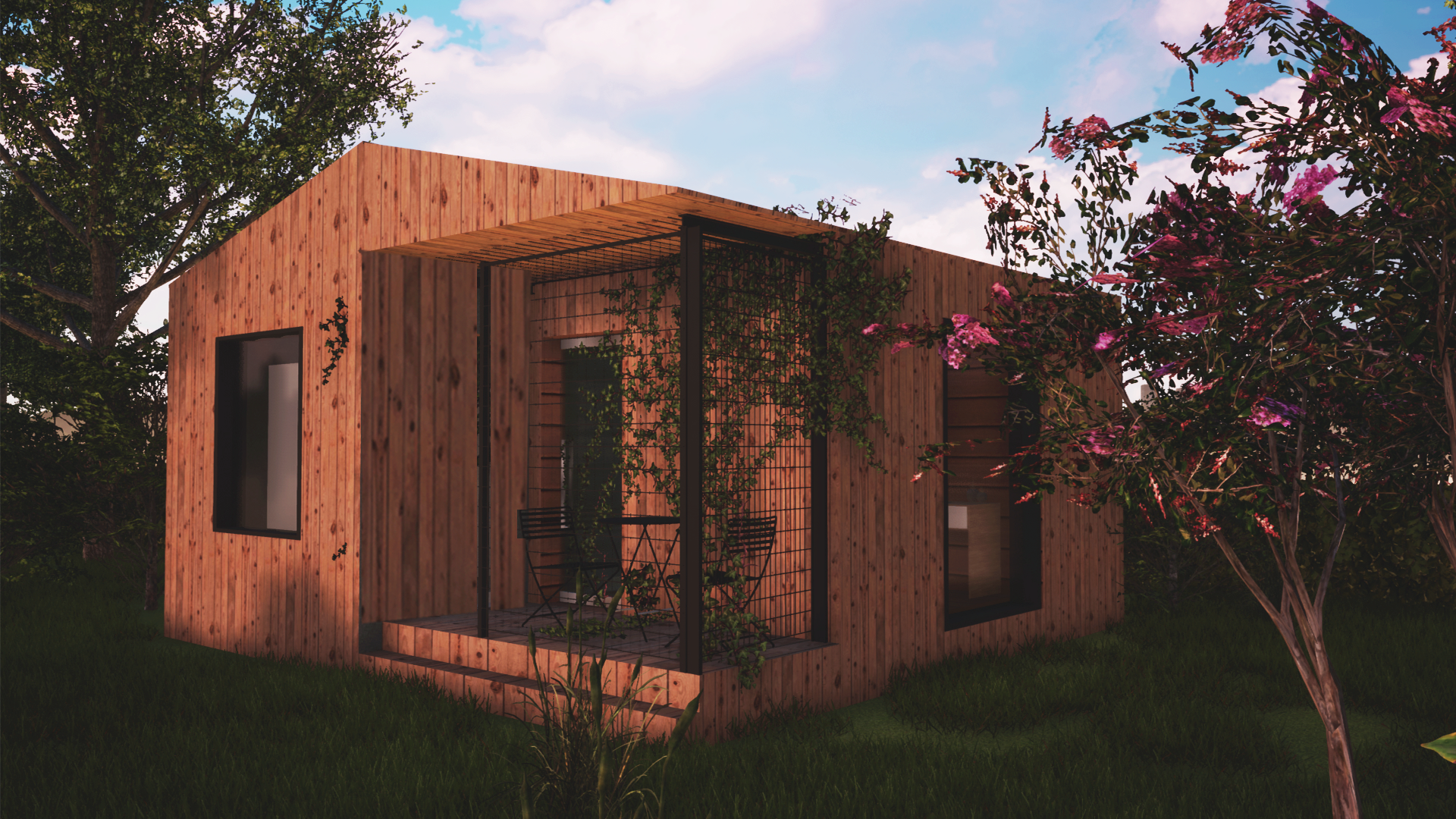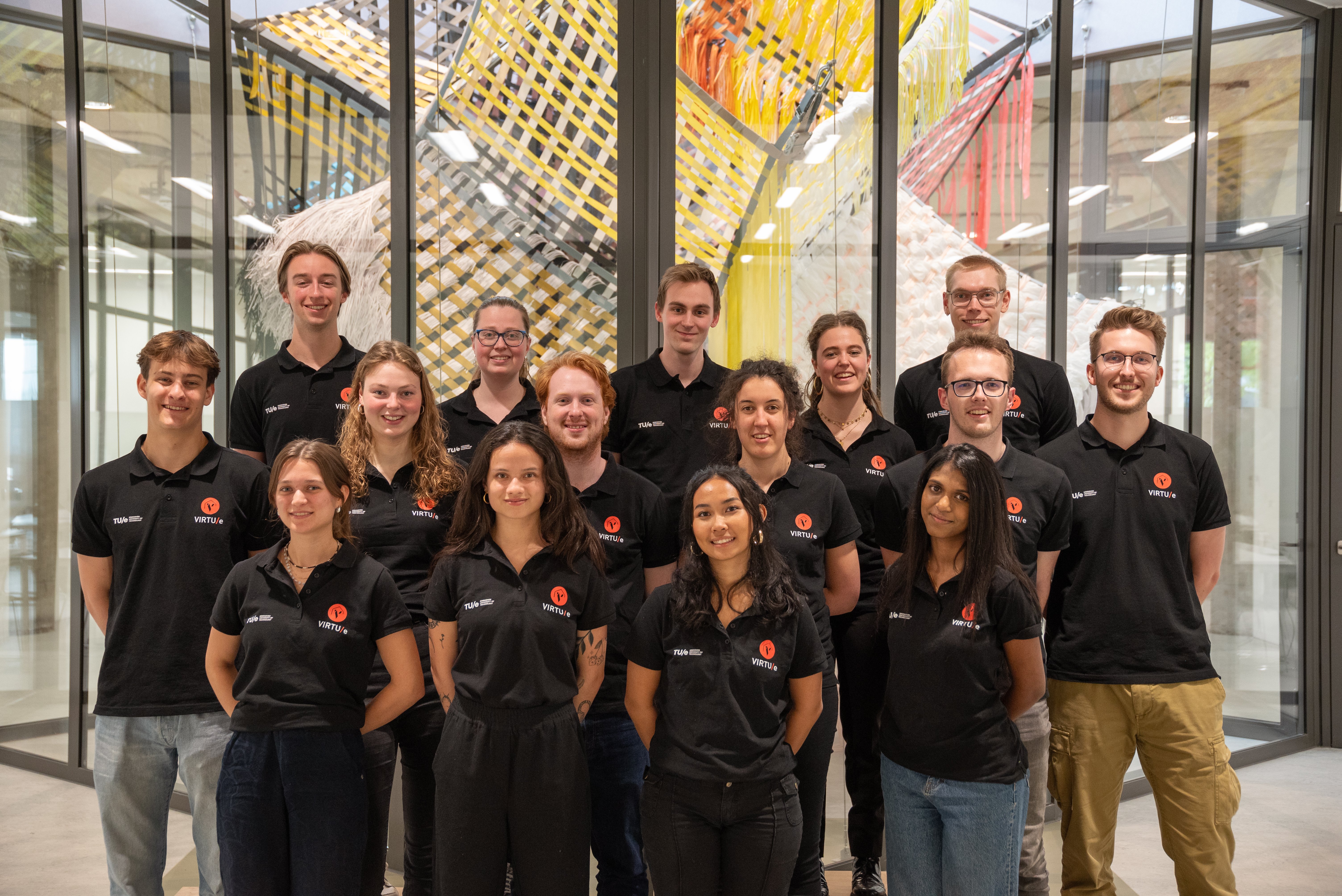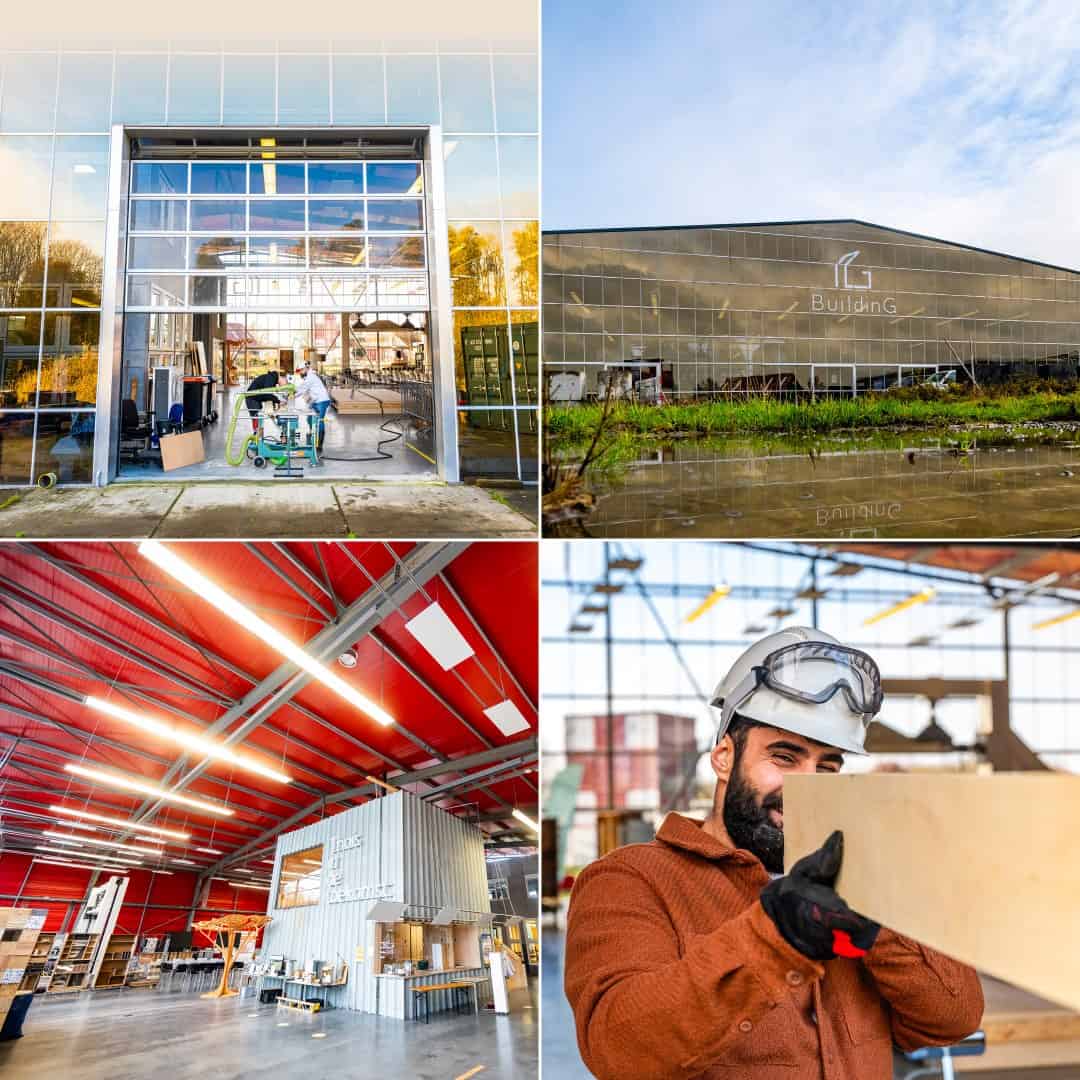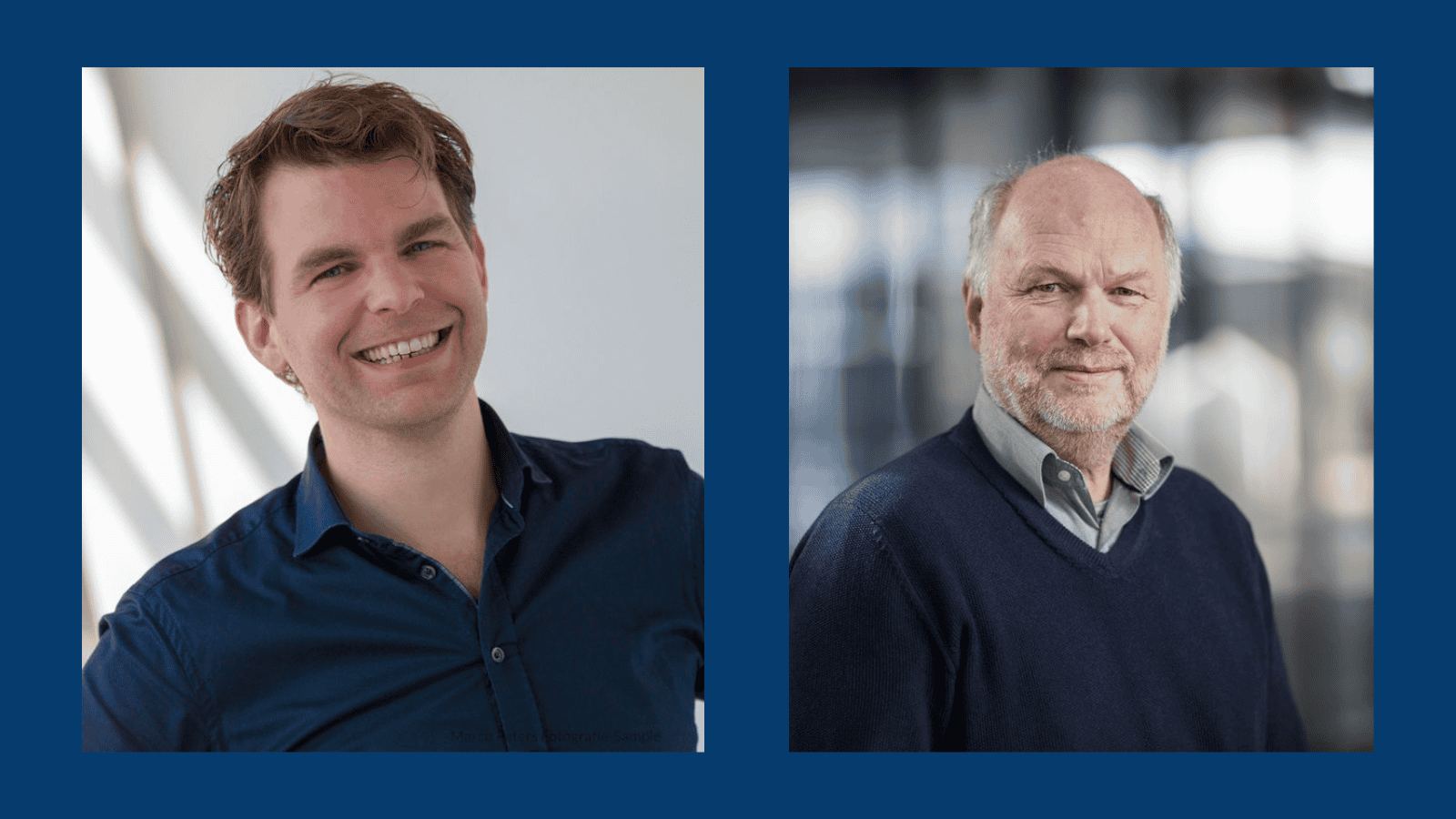
The construction of a radiation-free house at Brainport Smart District will start next year. Students of the Eindhoven University of Technology have been looking for an optimal combination of materials and building constructions to allow as little radiation as possible into the house. Some people suffer from electromagnetic radiation, which manifests itself for example in headaches or sleeping problems. They themselves often do not have devices that cause radiation and this house also reduces the radiation from outside.
Kendal Varolgunes, architecture student and team leader of the student team Layer, emphasizes that the students are mainly concerned with the architectural aspects of the house. “We’re not investigating to what extent the radiation is harmful to people, that’s up to medical specialists,” he says. A study by the European Economic and Social Committee shows that three to five percent of Europeans are sensitive to radiation. That amounts to about 13 million people. However, it is not scientifically proven that the complaints people experience are actually from electromagnetic radiation.
Varolgunes expects that in the future people, with or without complaints, will become more aware of the amount of radiation in their homes and that they want a solution for this. “We see that in other countries standards have already been drawn up about the permissible amount of radiation in a house. Just as there are noise standards,” he explains. “This is not yet the case in the Netherlands. That’s why we’re going to investigate this.”
Tiny houses
The first radiation-free house on the Brainport Smart District will be a kind of tiny house. “That’s an ideal form for this application,” says Varolgunes. The architecture student explains that it is sometimes difficult for families if a family member is radiation sensitive. “For example, they can’t handle telephones and the wifi router, while others just want to watch Netflix. The students designed the houses in such a way that they can then connect several tiny houses to each other. “That way, everyone has their own space and altogether it’s one house after all.”
The students have worked out a so-called prefab concept. Parts of the house are already being produced elsewhere so that the houses can be built and demolished very quickly. “In the first house we want to do a lot of tests, for example, to see how the radiation density of materials changes over time,” says Varolgunes. Prior to the concept development, they also tested the materials and possible structures of the house extensively. “But in practice, it turns out differently. So it’s good to keep measuring,” he says. Recently he also had contact with someone who is sensitive to radiation. “If it all works out financially, she will live in the first house,” he says.
Renovation package
Besides the complete houses, the students also want to look at renovation packages to make an existing house radiation-proof. “This could be used by construction companies or the government to help their customers and residents,” explains the team leader. With their house, the students want to help the government set standards around radiation. “Not only do we think it’s important to do research and give advice, but we also want to show that it actually works,” he says. “From the university, we can contribute to both elements.”
In the coming period, he wants to further develop the house as a not-for-profit student team. “As long as we are connected to the university, we can make use of the facilities, the available knowledge, and the large network. That is very valuable at this stage,” says Varolgunes. “In the future, we may be able to set up a start-up to bring the prefab houses and renovation packages to the market.”
Main picture: A model of the radiation-free house. © Team Layer








